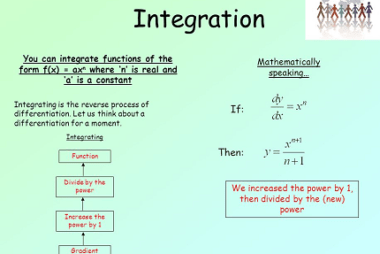Group 13 Boron trifluoride
Boron trifluoride (BF3) is a compound composed of one boron atom and three fluorine atoms. It belongs to the Group 13 elements in the periodic table, also known as the boron group. BF3 is a colorless gas at room temperature and pressure, with a pungent odor. It is highly reactive and has a trigonal planar…









